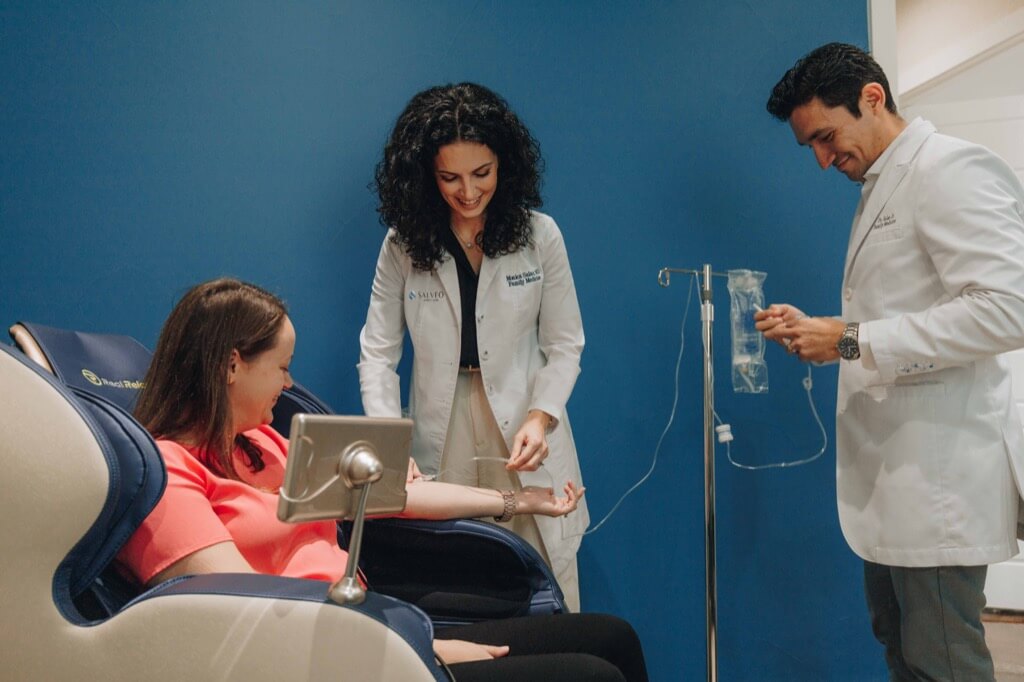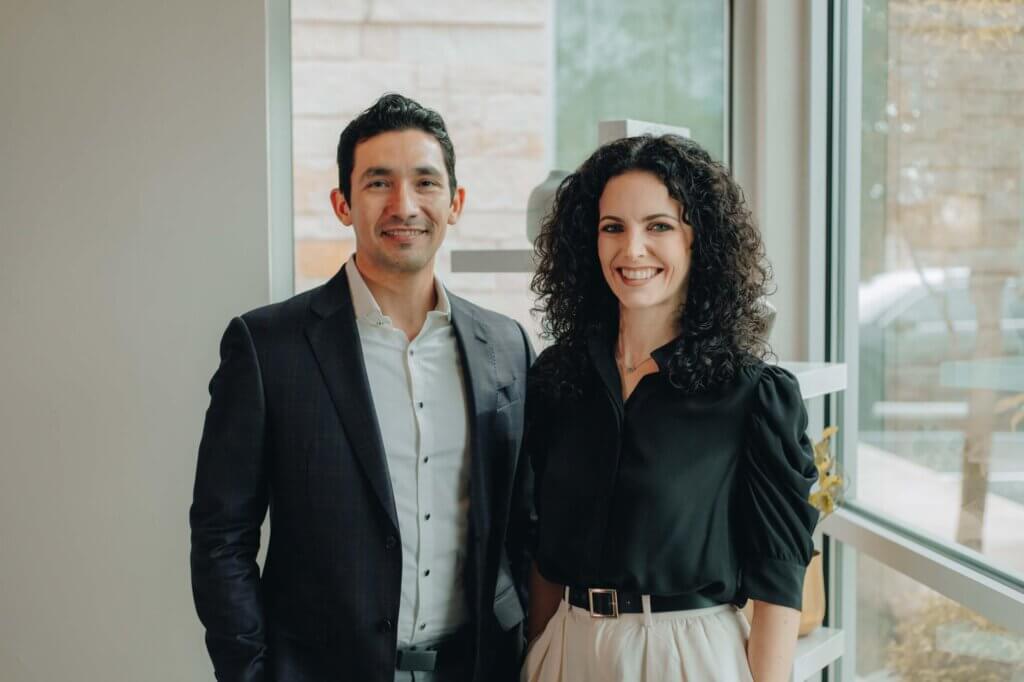In the US, more than 75% of healthcare spending goes towards treating preventable chronic diseases. Preventative medicine is key to living a healthy life and saving money on medical bills.
Preventative medicine is one of the most important aspects of staying healthy. By making a few simple changes to your lifestyle, you can reduce your risk of developing chronic diseases and other health problems.
In this blog post, we will discuss the basics of preventative medicine and how you can get started on a path to better health!
Keep reading to learn more about preventative medicine and how it can benefit your health!
Preventive Medicine: A Brief Introduction
Preventative medicine is all about taking steps to prevent illness and disease before they occur. It includes a wide range of activities, from getting vaccinated against the flu to eating a healthy diet and exercising regularly.
By making small changes in your everyday life, you can dramatically reduce your risk of developing chronic diseases like heart disease, stroke, and cancer.
There are two main types of preventive medicine: primary prevention and secondary prevention.
The Importance of Preventive Medicine
Chronic diseases are the leading cause of death and disability in the United States. In fact, they are responsible for 7 out of 10 deaths each year.
Heart disease, stroke, cancer, and chronic lower respiratory diseases like COPD are some of the most common chronic diseases in America. These conditions are often preventable through lifestyle changes and early detection and treatment.
By making healthy choices and getting regular screenings, you can significantly reduce your risk of developing a chronic disease. In addition, you can also save money on healthcare costs over time. Prevention is always cheaper than treatment!
It’s never too early or too late to start preventive medicine. Even if you have already been diagnosed with a chronic disease, making lifestyle changes can help improve your health and prolong your life.
If you are not sure where to start, talk to your doctor about what steps you can take to reduce your risk of developing a chronic disease. They will be able to recommend specific lifestyle changes or screenings based on your individual risk factors.
How to Get Started With Preventative Medicine
There are many things you can do to get started with preventive medicine. Here are a few tips:
See your doctor regularly for checkups and screenings. This is one of the most important things you can do for your health. Schedule an appointment today!
Quit smoking. Smoking is the leading cause of preventable death in the United States. If you smoke, quitting is one of the best things you can do for your health.
Eat a healthy diet and get regular exercise. These lifestyle changes can help reduce your risk of developing chronic diseases like heart disease, stroke, and cancer.
Know your family history. This information can help you and your doctor identify potential health risks that may run in your family.
Make healthy choices every day. Every decision you make affects your health. Choose wisely!
Preventative medicine is an important part of staying healthy. By taking steps to prevent illness and disease, you can improve your overall health and well-being. Get started on the path to better health today!
Primary & Secondary Prevention in Greater Detail
Preventive medicine aims to prevent health problems from happening in the first place. It is to identify them early on when they are easier to treat. There are two main types of preventive medicine: primary prevention and secondary prevention.
Primary prevention is defined as the promotion of good health and the prevention of disease by avoiding exposure to risk factors. It is essentially avoiding any health problem before it begins. An example would be getting a flu shot to avoid getting the flu.
This type of prevention has been popularized in recent years with the rise of healthy living trends. The thinking behind primary prevention is that it is better to avoid a problem altogether than to have to deal with it later on.
Secondary prevention is defined as the early detection and treatment of a disease or the identification and control of risk factors for a disease or condition. It is essentially catching a problem early on and taking steps to treat it or prevent it from getting worse.
An example of secondary prevention would be going for regular check-ups at the doctor. This allows any health problems to be caught early on and treated before they become more serious.
Some caveats of secondary prevention include the fact that it can be expensive and time-consuming, but much less so than treating medical problems once they have developed. It also requires people to be proactive about their health, which some may not be comfortable with.
Both primary and secondary prevention are important for maintaining a healthy lifestyle. Taking proactive steps to avoid health problems is the best way to stay healthy in the long run.
Critical Components of a Whole Preventive Medicine Solution
There are many things you can do to improve your health and well-being, but some measures are more important than others. Here are a few critical components of a whole preventive medicine solution:
Focus On the Whole Person
The first step to preventive medicine is recognizing that health isn’t just the absence of disease.
It’s a state of physical, mental, and social well-being. To truly be healthy, you need to focus on all aspects of your life.
That means eating right, exercising, getting enough sleep, and managing stress. It also means having a positive outlook and supportive relationships. When you take care of yourself holistically, you’re much more likely to prevent illness and disease.
Biostatistics & Their Principles
Preventive medicine is the branch of medicine concerned with preventing disease. It is also known as prophylactic medicine.
The basic principle of preventive medicine is to identify risk factors for disease and intervene to prevent their occurrence or progression.
Biostatistics is the application of statistics to the study of biological phenomena. Biostatistics has a long history, dating back to the 18th century. The term biostatistics was first used in the early 20th century.
The basic principles of biostatistics are:
- Use data to understand and quantify biological phenomena
- Develop statistical methods to analyze data from biological experiments and studies
- Use statistical methods to make inferences about the population of interest
- Communicate results of statistical analyzes in a clear and understandable manner
Epidemiology & Its Application for Preventive Medicine
Epidemiology is the study of health in populations. It is a vital science for understanding the patterns, causes, and effects of health and disease conditions in defined populations. It is used to identify risk factors for disease and targets for preventive healthcare.
The three main types of epidemiological studies are observational, experimental, and clinical trials.
Observational studies can be descriptive (such as case reports). They can be analytic (such as cohort and case-control studies). They help to identify risk factors for disease, but they cannot prove that these factors actually cause the disease.
Experimental studies, and randomized controlled trials, are the best way to determine things. They show if a particular intervention (such as a new vaccine) is effective.
Clinical trials are a type of experimental study that tests the safety and effectiveness of new treatments in humans.
Preventive medicine is the branch of medicine that focuses on preventing disease. It does so rather than treating it once it has already developed. It is based on the principles of epidemiology and public health.
Environmental Health
Preventing disease starts with protecting yourself and your loved ones from harmful environmental exposures. By taking steps to reduce exposure to pollutants in the air, water, and soil, you can protect your health and prevent disease.
There are a variety of ways to reduce exposure to environmental pollutants. You can:
- Choose products that have fewer harmful chemicals
- Avoid exposure to secondhand smoke
- Be aware of local air quality advisories and take steps to reduce exposure on days when pollution levels are high
- Educate yourself about the health risks of common pollutants and learn how to avoid them
- Support efforts to reduce environmental pollution at the local, state, and national levels
Occupational Factors & Health
Preventing disease and promoting health are important goals for people of all ages and occupations.
Many factors influence our health, including our lifestyle choices, access to quality healthcare, and our work environment. Our occupation is one factor that can impact our health in both positive and negative ways.
Positive occupational factors include:
- A stable job with good pay and benefits
- A safe and healthy work environment
- A job that is interesting and challenging
- Supportive co-workers and supervisor
Negative occupational factors include:
- Job insecurity or fear of layoffs
- Poor working conditions
- Hazardous exposure to toxins or other health risks
- Long hours or irregular shifts
- High levels of stress
While we can’t always control all of the occupational factors that impact our health, there are some steps we can take to minimize the negative effects and maximize the positive ones.
Cultural & Behavioral Influences
The Social Determinants of Health are the social and economic conditions in which people live that affect their health. They include factors like income, education, housing, food insecurity, and community safety. The social determinants of health are shaped by one’s culture and behaviors.
Culture is the set of beliefs, values, and norms that guide people’s actions. It is passed down from generation to generation and influences how people think about and approach health.
Behaviors are the choices people make that can impact their health, such as eating healthy foods, being physically active, and refraining from smoking.
There are many ways to be proactive about your health. You can learn about the social determinants of health and how they influence your health. You can also make healthy choices in your daily life to promote a healthy lifestyle.
Making healthy choices starts with understanding the basics of preventive medicine. Preventive medicine is the branch of medicine that focuses on preventing disease and promoting health. It includes measures like immunizations, screenings, and lifestyle changes.
How Does Telemedicine Address Preventive Medicine?
Telemedicine can play a role in preventive medicine. It helps people access care and stay connected with their healthcare providers. Telemedicine can also provide education and support to help people make healthy choices.
For example, telemedicine can be used to connect people with primary care providers. They can guide preventive measures like immunizations and screenings. Telemedicine can also be used to connect people with specialists who can provide more targeted care.
In addition, telemedicine can be used to deliver educational materials on healthy eating. Telemedicine can also provide support to help people make lifestyle changes, such as quitting smoking.
Also, telemedicine can be used to monitor people’s health over time. This can help identify early signs of disease and allow for prompt treatment.
The bottom line is that telemedicine can play a role in preventive medicine. This is done by making it easier for people to access care and stay connected with their healthcare providers.
Preventative Medicine for You
Preventative medicine is important for everyone and should be a key part of your healthcare routine. By taking proactive steps to maintain your health, you can avoid many serious health problems down the road.
Talk to your doctor about what preventative measures are right for you and make sure to stay up-to-date on all recommended screenings and vaccines.
With a little effort, you can keep yourself healthy and happy for years to come. Get in touch if you’d like to get started with proactive medicine and get a healthy lifestyle.


